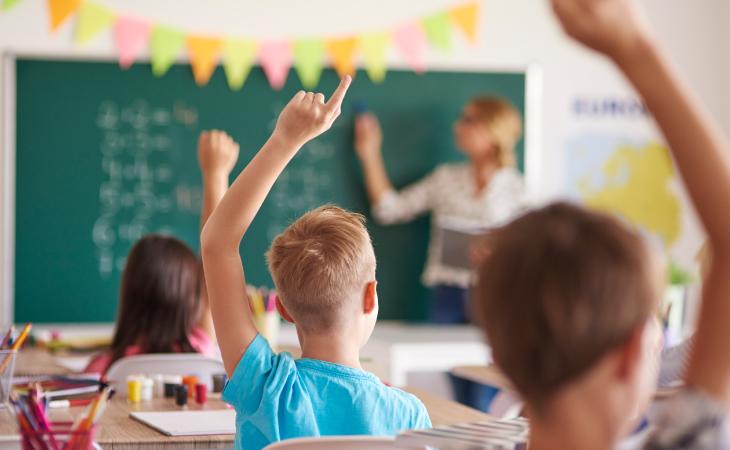This website uses cookies so that we can provide you with the best user experience possible. Cookie information is stored in your browser and performs functions such as recognising you when you return to our website and helping our team to understand which sections of the website you find most interesting and useful.
News
Ask These 3 Questions Before You Purchase Back-To-School Supplies
It’s back to school time, and a survey last month by Ebates found that parents were planning to spend significantly less this year on back-to-school supplies. That means they’re looking for one thing: value.
As you head off with your kid’s shopping list, keep these three questions in mind:
- Is this product safe?
- Is this product durable?
- Can I clean it?
While vinyl products make sense from a dollars-and-cents perspective, they also answer “yes” to all three questions providing parents and their children with a quadruple (affordable-safe-durable-cleanable) value proposition. Here’s why.
Backpacks and other vinyl school supplies are safe.
Plasticizers and other vinyl additives allow school supplies to be durable, flexible, and efficient while meeting the demands of classrooms and active kids. Because of vinyl’s physical nature, additives are tightly held in the fabricated product, limiting the potential for human contact or release.
And it’s not just the vinyl industry saying this – we’re backed up by 50 years of research and accumulated scientific data. Both government and independent review bodies suggest that phthalates do not pose a threat to human health or wellbeing. A 2009 report from the Centers for Disease Control and Prevention (CDC), for example, found that phthalates do not pose a health hazard because the chemical is metabolized and quickly excreted—and does not accumulate in the body. The Environmental Protection Agency (EPA), meanwhile, tests these products regularly and sets acceptable levels of phthalate exposure.
Vinyl school supplies are durable.
Vinyl products have proven to be durable over time. Their durability results from the stability of the vinyl molecule; that stability allows products to resist decomposition and withstand environmental exposure—and the shellacking young children often put them through.
The durability of vinyl products translates into cost savings as you won’t have to quickly replace backpacks, binders, and lunchboxes due to basic wear and tear. Plus fewer “throwaway” products also means less resource use – an environmental bonus benefit.
In fact, schools often choose vinyl materials to meet the demands of classrooms and other high-trafficked areas. Many vinyl products are already being used throughout the classroom, including desks, flooring, and wallcovering.
Yes, you can clean that grimy backpack.
Finally, did you know that vinyl materials are easy to clean?
Many vinyl materials are nonporous, preventing scuffs and marks from the pounding kids put them through. They also resist the buildup of grime, lessening the surface area on which pathogens can adhere. (It’s a big reason vinyl is widely used in hospitals and other healthcare settings.) Vinyl products, like that backpack your child dragged through a mud puddle or unceremoniously dropped onto the school bus floor, are easily cleaned with simple soap and water. The infection risk (and yuck factor) are thus nicely reduced.


